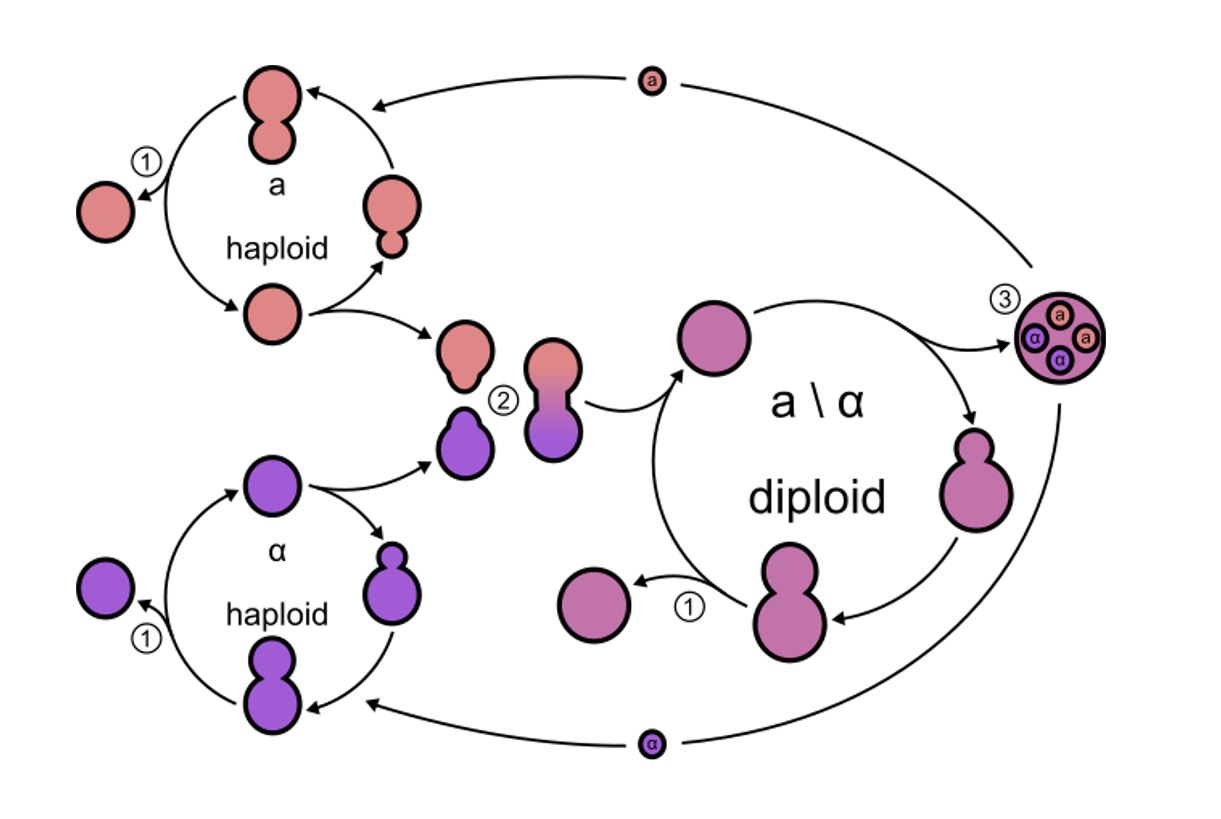Playlist
Show Playlist
Hide Playlist
Fungal Infections
-
Slides Overview of Different Classes of Microorganisms.pdf
-
Download Lecture Overview
00:01 Fungi, these are extracellular organisms. 00:04 We use a silver-stain, the same silver-stain we use to identify the spirochetes, we use the silver-stain to identify fungus. 00:12 It binds to ergosterol, it binds to the lipid component of the cell wall so it's relatively, it's very useful for trying to identify fungus in tissue slides. 00:23 It is a nucleated organism, so everything so far has not been nucleated. 00:28 This is now a nuclear organism. It's got cell wall ergosterol which is a major target for a lot of our therapies directed against fungus. 00:38 It can be in various forms, so you could have a yeast form which are little round balls. 00:43 You can have a mold form which is branching hyphae. 00:47 Or you can have forms of the fungus that are dimorphs that is to say that they're a mold at room temperature and they're a yeast at 37 degree or body temperature. 00:59 In terms of their ability to replicate and to go on to make the next generation of little fungi, they can either have spores, just outpouching, budding from the original cell, or they can have fruity bodies which are much more complex, kind of multibranched proliferative organism. 01:19 They can be superficial. So the typical fungus that's associated with athlete's foot, or with just ringworm, which has nothing to do with worms but is a little fungal infection typically on the body torso, those are all relatively non-invasive, they're called saprophytic, they're living off the dead skin. 01:40 But you can also have deeply invasive fungal infections that can cause significant tissue damage either directly because of the activity of the fungus and its cell wall constituents, or because of the inflammatory response. 01:55 In general, fungi can be low virulence, and they tend to be opportunistic but there are exceptions. 02:02 So what do they illicit in terms of host responses? It tends to be chronic inflammation. 02:07 The bugs, even though they are extra cellular, they are very big and neutrophils and antibodies alone cannot to be sufficient to deal with that. 02:18 Because they are large, they tend to induce a granulomatous response. 02:24 What I'm demonstrating here on this slide to the right is a cryptococcosis, which is a fungus that frequently will get into the brain of immunocompromised host and cause abscesses and extensive tissue destruction. 02:42 You can also, with fungi, many of them in particular aspergillosis, as is shown on this slide, tend to be angioinvasive. 02:50 So when they invade the blood vessels, they induce thrombosis and downstream infarction so it can cause a whole lot more damage than just the localized effects of the fungus on the tissue. 03:01 In many cases, in aspergillosis, another good one, they can induce a type III antigen-antibody mediated hypersensitivity response. 03:10 So they're continue to grow, we make antibodies to them, they slough off those antigens, then we have immune complexes, so you can have a secondary type III hypersensitivity response. 03:20 So that's the pathology associated with fungi.
About the Lecture
The lecture Fungal Infections by Richard Mitchell, MD, PhD is from the course Host–pathogen Interaction.
Included Quiz Questions
Which of the following is a morphologic form of fungi?
- Yeast
- Coccus
- Comma
- Cyst
- Spiral
Customer reviews
5,0 of 5 stars
| 5 Stars |
|
5 |
| 4 Stars |
|
0 |
| 3 Stars |
|
0 |
| 2 Stars |
|
0 |
| 1 Star |
|
0 |




